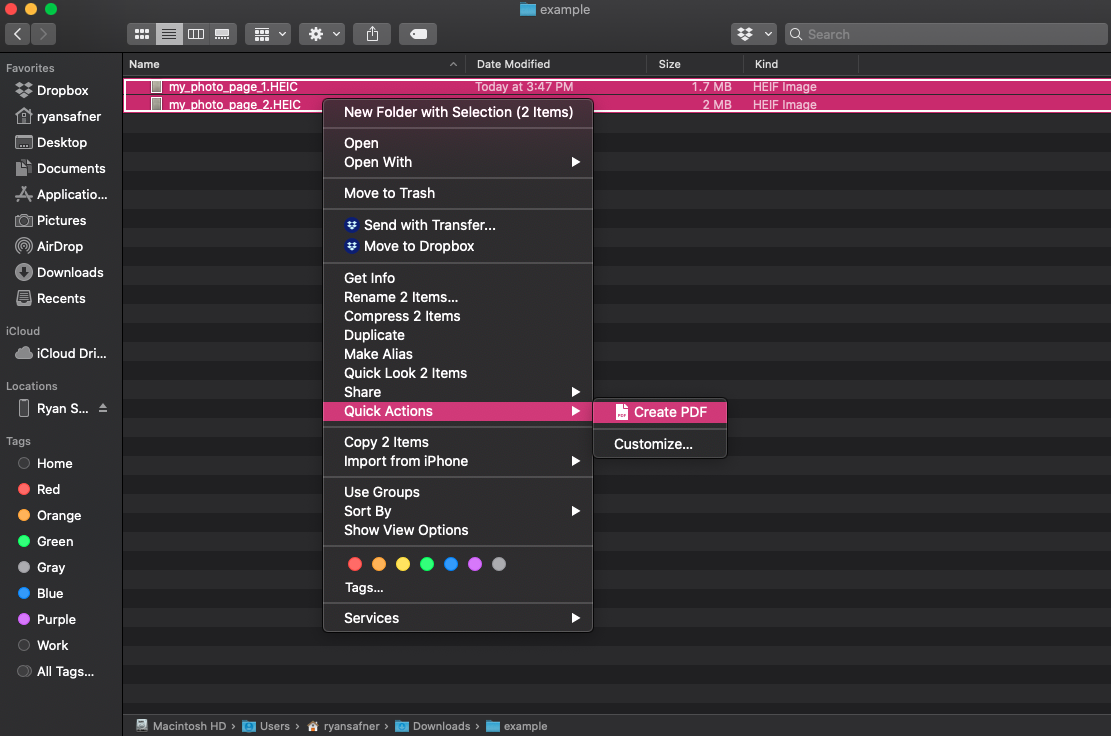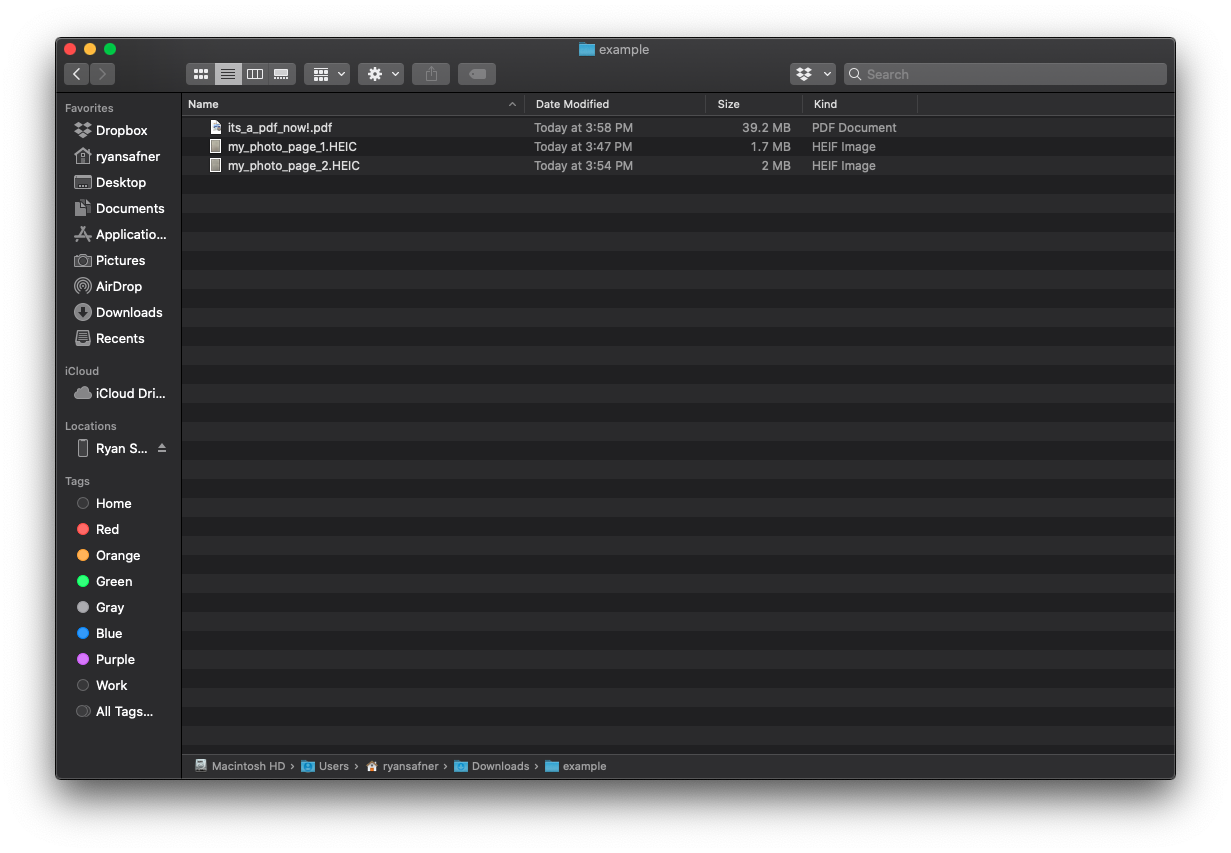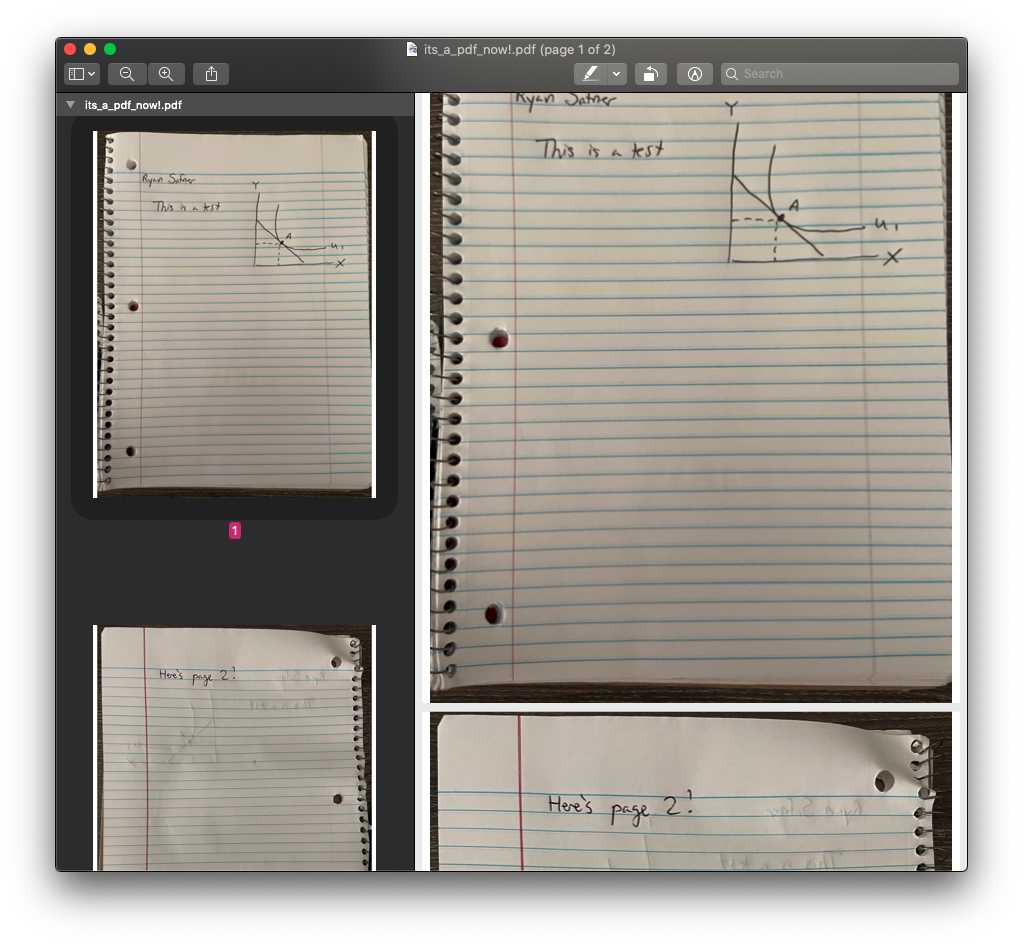Reference
Contents
Look here over the course of the semester for resources, links, and tips on how to succeed in the course, how to write well, and other things of interest related to microeconomics.
Last Updated: Monday, August 24, 2020
Tips for Success
- Take notes. On paper. Yes. Studies show that using pen and paper trump taking notes on a device. The main reason is because you cannot possibly write down everything I am saying by hand. This forces you to selectively filter my lecture to its most essential and important components – an integral part of the learning and retention process. If you are taking notes on a laptop, you become a court stenographer, thoughtlessly transcribing everything I am saying. At the other extreme, do not assume everything is written in my lecture slides. My lecture slides are visuals and cues to organize the content both for me and for you. I try hard to make sure that I have few words on slides, and even fewer answers to problems.
- My suggestion: print out my lecture slides in advance (or follow along on your device) and take additional notes by hand.
- At least skim all of the readings. I give out readings for a reason, and that reason is not to bore you or waste your time. The truth is, as a beginner, you can’t rely on heuristics or memory to “fill in the blanks.” You need the readings to provide context to what I am saying in class. I cannot help you if you are not going to try. Any professor also will lose patience at short notice when it’s discovered you haven’t done the reading.
- Do the homeworks (if there are any). You might be surprised that I need to say this, but I do. Students that do not do the homeworks do poorly on exams, which often are similar to homework questions. Homeworks are the best practice for exams, they give you a sense of the relevant content areas that might come up, the type and style of questions that I ask, and you often get answer keys to help you “get inside my head” and study from. There is no good reason why you should have a low homework grade.
- Work on assignments together and study together. Recognize that you are not in this alone, and other students are just as anxious or uncertain as you are. More surprisingly, other students probably have some answers you are looking for, and you may have answers for some of their problems! You will learn better when you collaborate with others similar to you. More importantly, you don’t truly understand something unless you can explain it to others.Yes, that means I am doing a ton of learning every time I teach!
As a wise woman once told me “whomever is doing the talking is doing the learning.” - Learn how to learn. The most important skill you learn in college is how to learn. Taking a course on a subject will not make you an expert on that subject. It a) helps you recognize that you do not know everything on that subject, and this prevents you from actively saying stupid things; and b) gives you enough context and skills to figure out how to actually fill those gaps. This is the actual skill that’s relevant in the real world.Yes, Google is your best friend. But you do not yet know how to ask the right questions, or understand what constitutes good answers.
Math Resources
List of Interactive Visualizations
| Visualization | Content | Class (See Description for Refernece) |
|---|---|---|
| Visualizing the Consumer’s Problem | Consumer Theory | 1.7 class |
| Visualizing Changes in the Consumer’s Problem | Consumer Theory | 1.7 class |
| Visualizing Demand Shifters | Consumer Theory | 1.7 class |
| Visualizing Elasticity and Surpluses | Market Equilibrium | 3.2 class |
| Visualizing the Economic Incidence of Taxation | Market Equilibrium | 3.2 class |
List of Online Class Appendices
| Appendix | Type | Class |
|---|---|---|
| Material on Preferences | Math/Economics | 1.4 class |
| Steepness & Indifference Curves For Neutrals | Math/Economics | 1.4 class |
| Derivation of MRS Equation (as ratio of marginal utilities) | Proof | 1.4 class |
| Utility Functions and PMTs | Math | 1.4 class |
| Graphing Indifference Curves | Math | 1.4 class |
| Utility Functions for Perfect Substitutes | Math | 1.4 class |
| Utility Functions for Perfect Complements | Math | 1.4 class |
| Cobb-Douglas Functions | Math | 1.4 class |
| Solving the Constrained Optimization Problem with Calculus | Math | 1.5 class |
| Example Demand Functions | Math | 1.7 class |
| Example Applications of Consumer Theory Models | Applications | 1.8 class |
| Derivation of MRTS Equation (as ratio of marginal products) | Proof | 2.2 class |
| Solving the Firm’s Problem in One Step | Math | 2.2 class |
| The Geometry of Short-Run Production | Math/Economics | 2.2 class |
| The Relationship Between Marginal and Average | Math/Economics | 2.2 class |
| A Change in Relative Factor Prices | Applications | 2.3 class |
| Improvements in Technology | Applications | 2.3 class |
| The Relationship Between Returns to Scale and Costs | Math/Economics | 2.4 class |
| Cobb-Douglas Cost Functions | Math | 2.4 class |
| Common Cost Assumptions | Economics | 2.5 class |
| Producer Surplus | Economics | 2.6 class |
| External Economies | Economics | 2.6 class |
| External Economies | Economics | 2.6 class |
| Monopolists Only Produce Where Demand is Elastic: Proof | Proof | 4.1 class |
| Derivation of the Lerner Index | Proof | 4.1 class |
| Differences Between Firms With Market Power and Competitive Firms | Applications | 4.1 class |
| A Change in Price Elasticity of Market Demand | Applications | 4.1 class |
| “I Know It When I See It” — How to Identify Market Power? | Applications | 4.3 class |
| Advanced Pricing Strategies | Applications | 4.3 class |
How to Make a PDF (For Submitting Assignments)
Using an App on Your Phone
There are many good apps out there that will allow you to take photos and convert them to PDFs. This is actually a better method than using your computer (described below), since theses apps optimize your photos for PDFs (using your computer to convert will often result in very large PDF file sizes!). Here are a few apps you can use:
- Scannable If you use Evernote for notes (I do, it’s amazing), this can sync up and store your PDFs in Evernote
- Turboscan
- Image to PDF Converter Free
- PDF Converter Pro
- Simple Scan
Personally, I use Scannable — primarily because of its association with Evernote, if you wanted a recommendation. But note it does not exist on Android. I also have successfully used Turboscan in the past.
Additionally, as Hood students, you all have Onedrive, you can use the app on your phone to scan documents with photos and convert them to PDFs.
Using Images Sent to Your Computer
Most modern versions of operating system have a built-in tool in the File Viewer (or Finder) menus, after clicking on one or multiple files, to create a PDF from the files.
So first take photos on your smartphone of your written work (one photo per page). Please try to frame your photos properly! Put your paper flat on a solid surface (table, desk, the floor, etc). Get the whole page within the borders of the photo, and not too much background. I don’t need to see half of your desk or bed as you are taking the photo! Take a look at it and make sure it is legible.
Next, get the photos onto your computer (whether by Airdrop, email to yourself, Dropbox, etc.). Finally, depending on your OS, convert the files to a PDF:
1. On a Windows PC
Open the folder where your photos are currently, in the File Explorer. Select all of the photos, and right click, and select Print. In the dialog box that pops up, select Microsoft Print to PDF in the Printer box, and then click Print. This will save it as a .pdf file in that folder. See more information.
2. On a Mac
As I use a Mac, I will show you how Mac OS has a neat feature built into Finder, which allows converting multiple files into a single PDF file as a Quick Action. I have written two pages in a notebook and taken two separate pictures of them, and airdropped them onto my computer.



Here is the example PDF.
3. On Linux
If you use Linux, I assume you know your way around a computer well enough to make a PDF! 🤖